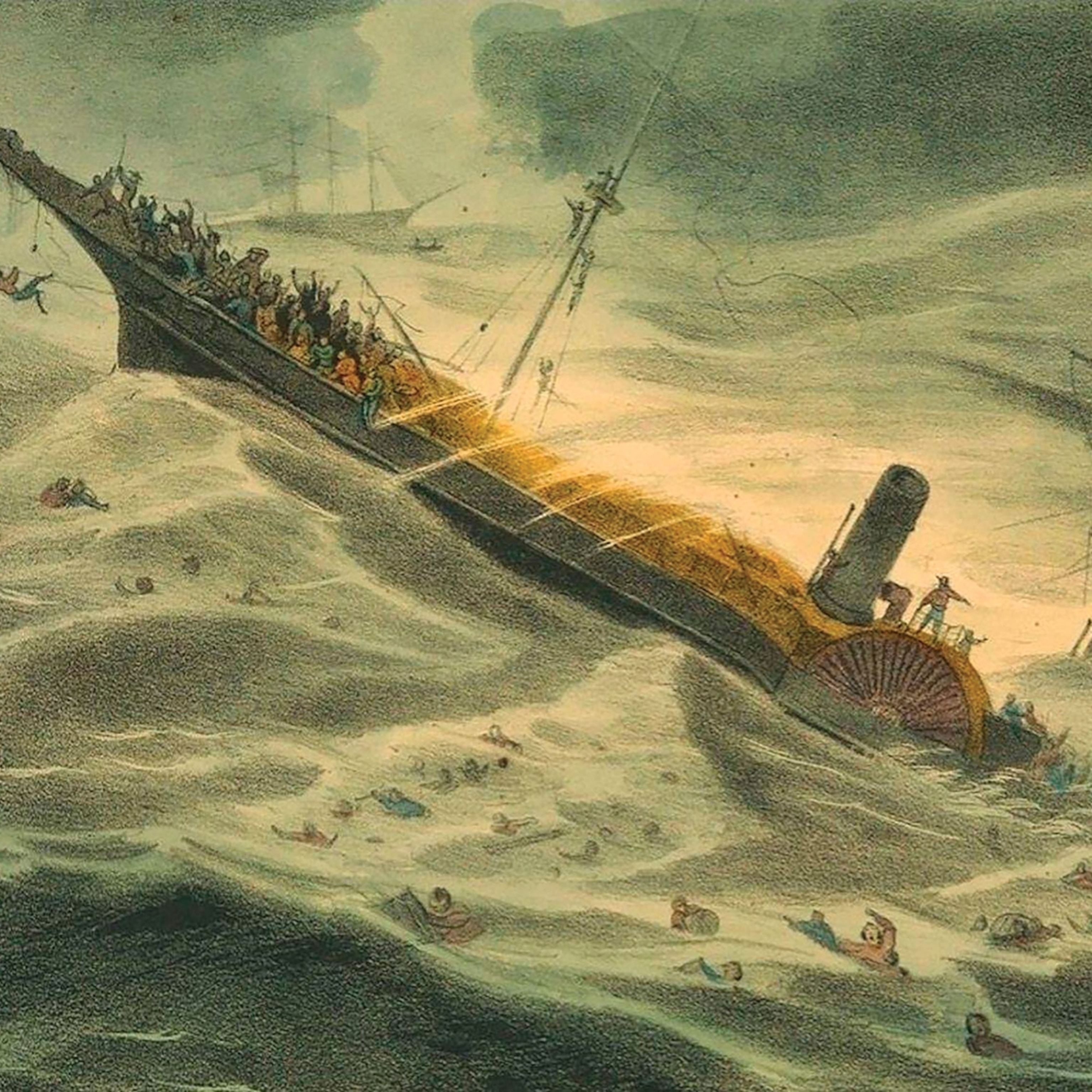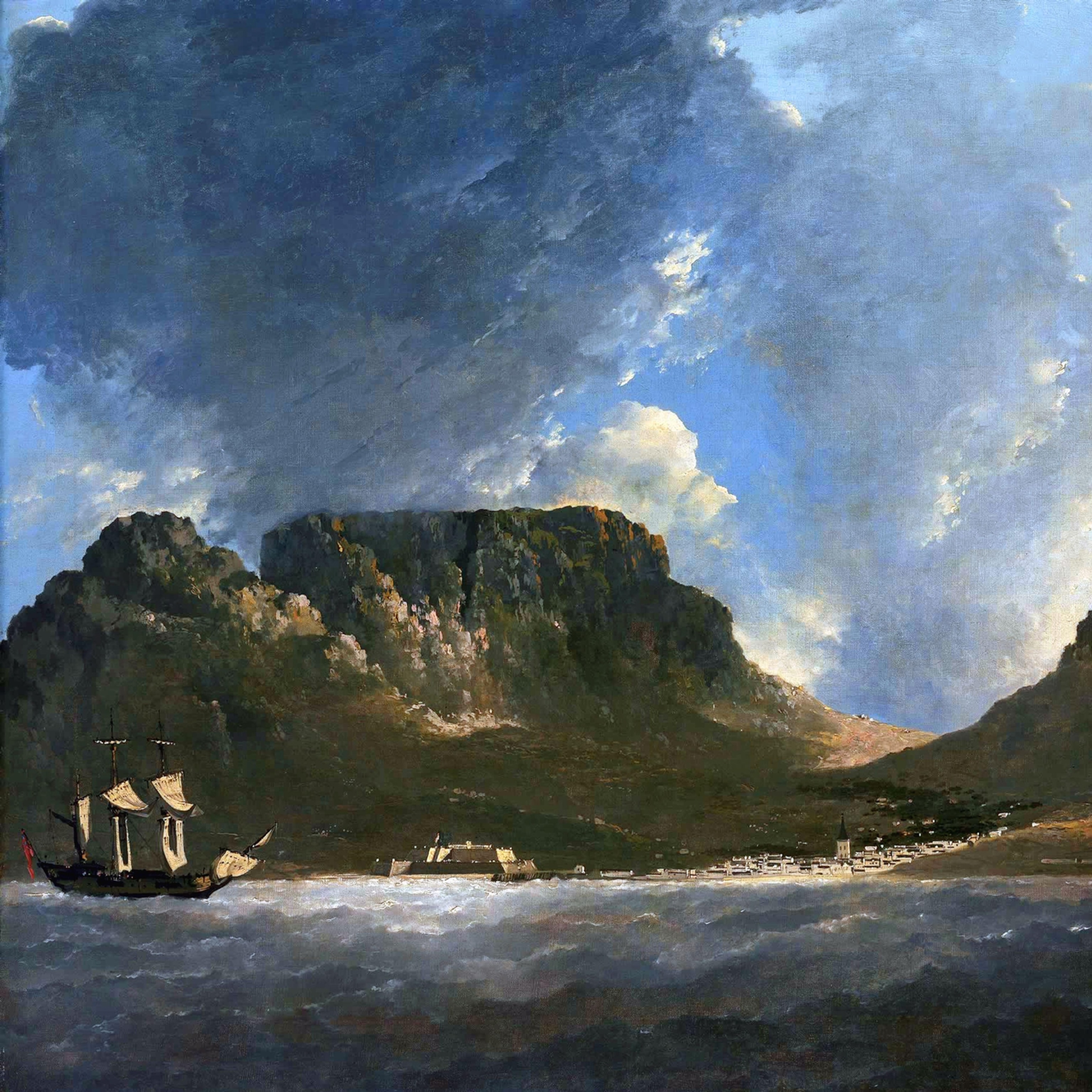After Alexander the Great’s death, this Indian empire filled the vacuum
Backed by a strong family dynasty, the Mauryan Empire came to rule most of the Indian subcontinent.
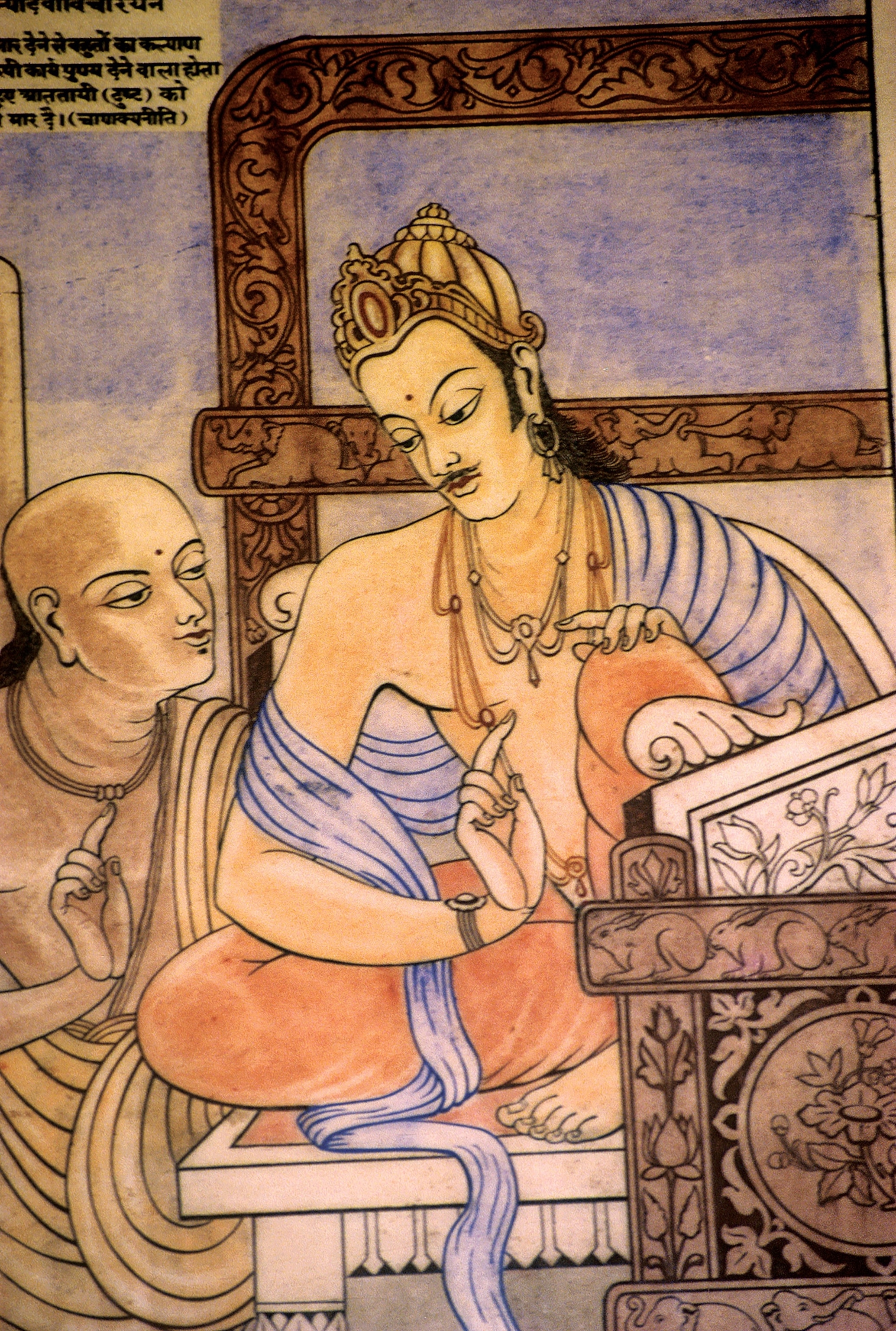
While history books are full of tales about the Roman Empire, the Spanish Empire, and China’s various dynasties, there’s precious few details about one of the world’s earliest empires—and one of history’s largest. The vast Mauryan Empire, established in 321 B.C., covered most of the Indian subcontinent, spanning central and northern India, as well as parts of modern-day Iran. Reigning as India’s first pan-Indian empire, it lasted for 150 years at the helm of two crafty, (eventually) peace-loving men, who also happened to be grandfather and grandson.
Making of an empire
As a bold young man, Chandragupta Maurya, the future king of the Mauryan Empire, allegedly offered some brash advice to Alexander the Great, who had crossed the Indus River—the farthest frontier of the old Persian empire— with his armies sometime around 325 B.C. The older soldier did not take a liking to the younger one—the story goes he was angered by the upstart—yet Chandragupta was impressed by Alexander’s ruling style, and even mimicked it in his own trajectory to power.

Alexander’s armies retreated at the advice of his generals, and Chandragupta pounced upon the power vacuum left behind. Within the next four years, he allied with local leaders in Punjab, in the north of present-day India, to overthrow the last king of the Nanda rulers of the prominent state of Magadha, which had ruled a large part of the northern region during the fourth century B.C. He occupied their capital in 321 B.C. and assumed the throne, marking the start of the Mauryan Empire.
Chandragupta continued his conquests across northern and central India over the next several decades, including the Ganges Valley, with its fertile lands and riverine trade routes. Eventually, the Mauryan Empire dominated an area from the borders of Persia and the Himalaya south almost to the tip of the subcontinent. It was the largest Indian empire at that time and one of the largest empires in history.
The Mauryan Empire was an era of economic prosperity, infrastructure expansions, and tolerance. Many religions thrived, including Buddhism, Jainism, Ajivika, Vedic, and Brahmanistic traditions. The court’s best chronicler, Megasthenes, described the Mauryan capital of Pataliputra (modern-day Patna) as an impressive, wealthy city. He portrayed the Mauryan lands as fertile producers of cotton and sugarcane, and its people as industrious, sober, and law-abiding.

“Truth and virtue they hold in esteem,” he wrote. “The simplicity of their laws and their contracts is proven by the fact they seldom appeal to law.” Much of the empire’s calm administration came from a cadre of civil servants from the Brahman caste. They served a range of roles, from provincial governors to agricultural superintendents, and they managed every city in the empire.
Around 297 B.C., having ceded the throne to his son Bindusara, Chandragupta is said to have retreated to a Jain monastery, where he fasted to death. Chandragupta left behind a unified Indian empire with an efficient central administration that would stand for nearly 150 years. His sizable achievements set the stage for another of India’s most notable leaders: his grandson, Ashoka.
Royal Strategist
A grandson’s legacy

Ashoka (Aśoka) assumed the throne in circa 262 B.C., and while he is remembered for his peaceful reign, it didn’t start off that way. In the eighth year of his rule, he led a military campaign to conquer Kalinga, a coastal kingdom in east-central India. The victory left him with a larger domain than that of his father and grandfather. Accounts claim between 100,000 and 300,000 lives were lost during the conquest.
That human toll took a tremendous emotional toll on Ashoka. He wrote that he was “deeply pained by the killing, dying, and deportation that take place when an unconquered country is conquered.” Thereafter, Ashoka renounced military conquest and other forms of violence, including cruelty to animals. He became a patron of Buddhism, supporting the rise of the doctrine across India. He reportedly dispatched emissaries to several countries, including Syria and Greece, and he sent his own children as missionaries to present-day Sri Lanka.
Ashoka’s pillars
Ashoka shared his new outlook on life through edicts carved into stones and pillars located around the country at pilgrimage sites and along busy trade routes. The edicts are considered among the first examples of writing in Indian history. They were not carved in Sanskrit—the official state language—but in local dialects, so that the messages could be widely understood. For example, an edict placed near modern-day Kandahar in Afghanistan, an area that had been under Alexander the Great’s control for a period, was written in Greek and Aramaic.

Much like Cyrus in Persia, Ashoka adopted and promoted a policy of respect and tolerance for people of different faiths. One edict declared, “All men are my children. As for my own children, I desire that they may be provided with all the welfare and happiness of this world and of the next, so do I desire for all men as well.”
Other edicts exhorted citizens to generosity, piety, justice, and mercy. Ashoka and his high ministers took occasional tours through the kingdom to check on the welfare of the people and see how his edicts were being fulfilled. According to one pillar, the ministers provided medicine and hospitals for both men and animals.
In addition to his edicts, Ashoka built stupas, monasteries, and other religious structures at noteworthy Buddhist sites, including Sarnath in Uttar Pradesh, where the spiritual leader Gautama Buddha is said to have first begun teaching his followers.
(India is reinventing its energy strategy—and the climate may depend on it.)
Tending to earthly needs
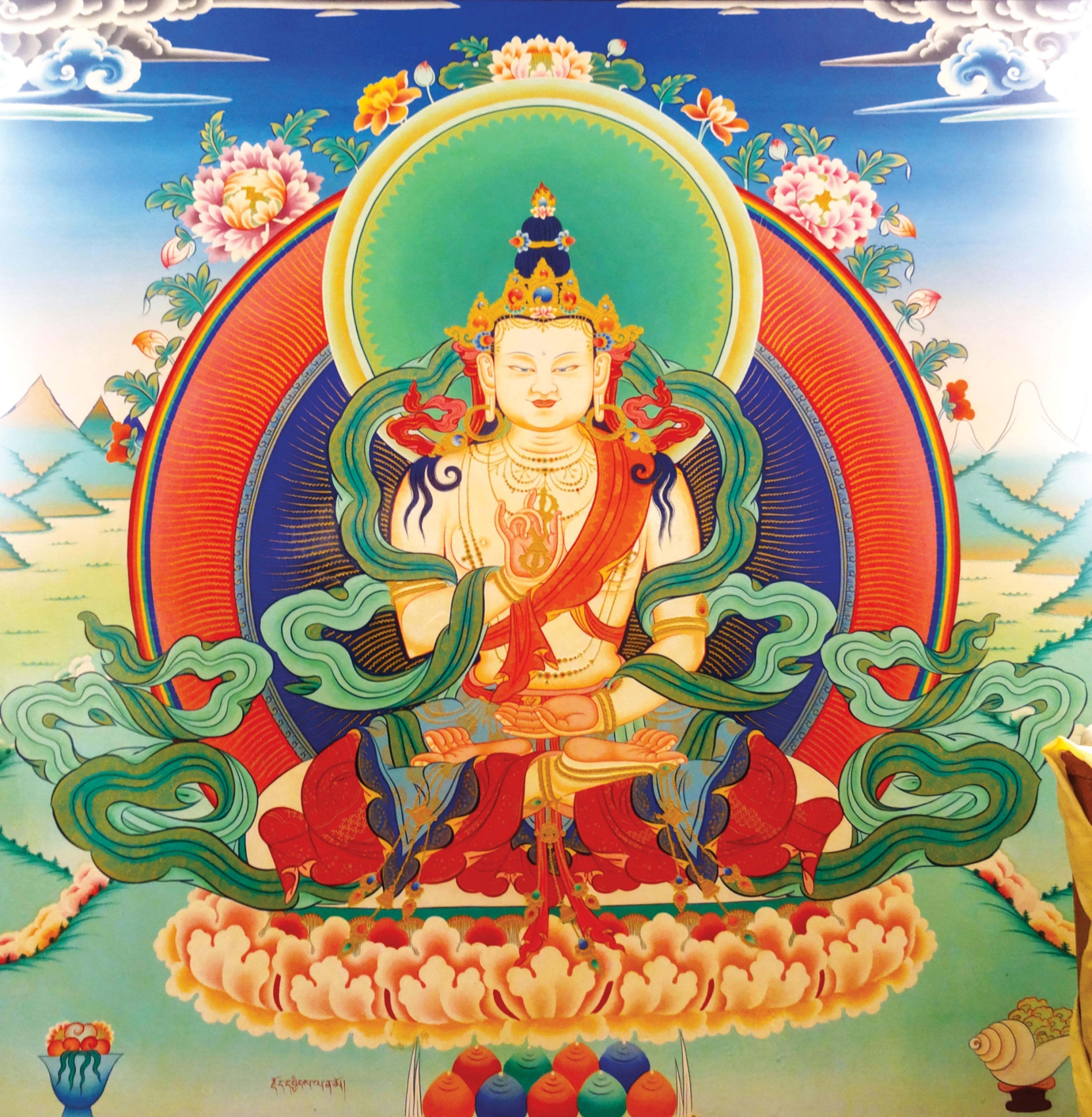
Ashoka was not an unworldly ruler, however. He efficiently managed a centralized government from the Mauryan capital at Pataliputra. A large bureaucracy collected taxes. Inspectors reported back to the emperor. Irrigation expanded agriculture. Familiar hallmarks of ancient empires, excellent roads were built connecting key trading and political centers; Ashoka ordered that the roads have shade trees, wells, and inns.
After his death around 238 B.C., Ashoka’s merciful style of governance waned along with the Mauryan Empire itself. His reign slipped into the realm of legend, until archaeologists translated his edicts two millennia later. In their time, those edicts helped unify a vast empire through their shared messages of virtue, and they propelled the expansion of Buddhism throughout India.
Pillar of faith
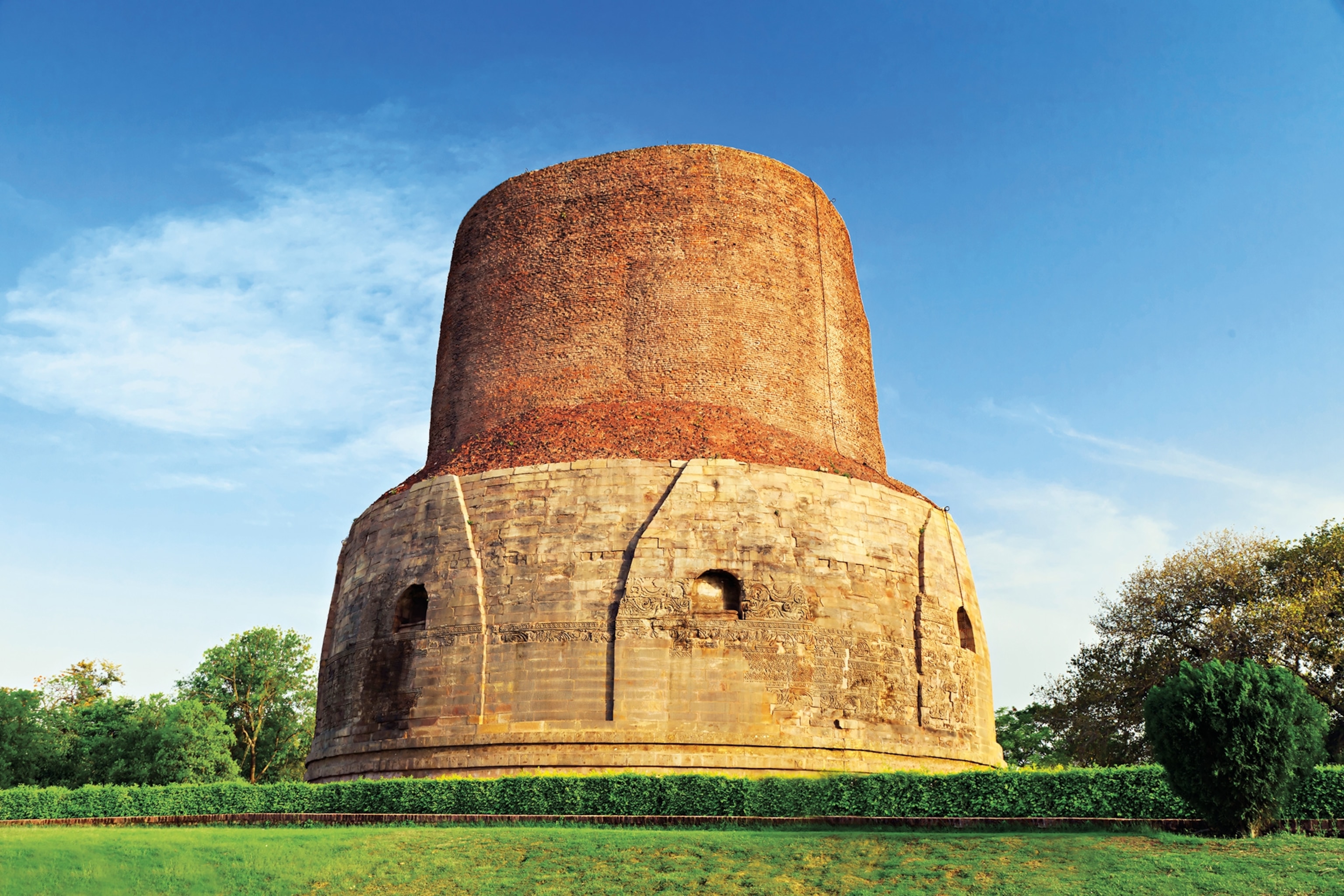
To learn more, check out The Most Influential Figures of Ancient History. Available wherever books and magazines are sold.
M

